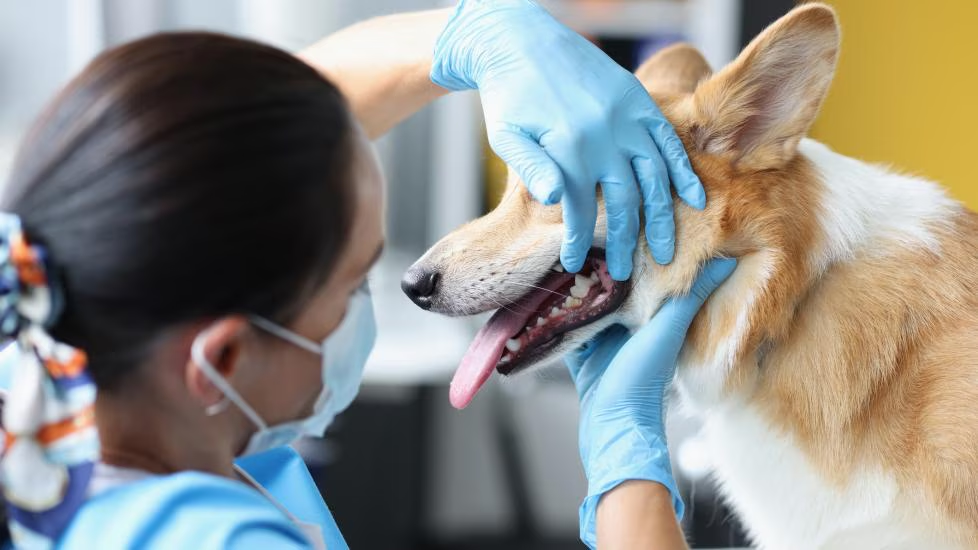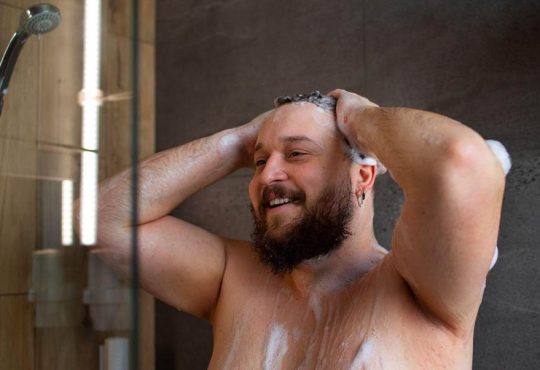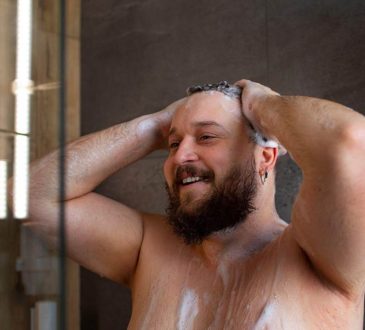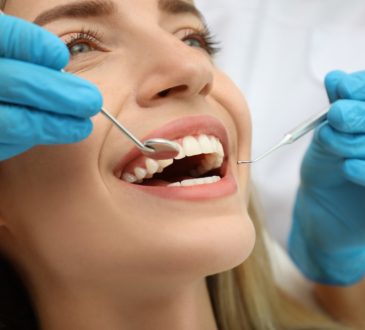What Happens During a Pet Tooth Extraction Procedure?

Do you visit the dentist or take your kids to the dentist at least once a year? This is something your pet needs as well. Dental care is as important for animals as it is for humans. If your pet has a bad or damaged tooth, sometimes the best option is to remove it. Pets, too, have tooth extraction procedures. There are many good veterinary clinics that provide dental care for pets.
When you visit a reputed animal hospital, the experts there take the time to explain the procedure to you and make sure you feel comfortable. They often have modern tools and a calm environment that helps put pets and their owners at ease. If you notice your pet has dental problems, it is time to take them for a doctor’s visit.
The longer you wait to get them treatment, the more they might suffer in silence. It is important to choose an animal hospital Murrieta, CA, that provides high-quality care. They should care more about the health of your pet than the money you will be paying them. They should want to help your pet stay healthy for a long time.
The pre-extraction process
Before removing a tooth, the vet will check your pet’s mouth and overall health. They will conduct blood tests and a urine test to make sure your pet is healthy enough for the procedure. The vet will also check your pet’s heart and breathing to keep them safe during surgery. Further, dental X-rays will be taken to look for problems and determine the best way to remove the tooth.
After the check-up, your pet will be prepared for the procedure. The vet will give an injection to help your pet relax. Then, they will place a small tube (catheter) in your pet’s front leg. This tube is used to give anesthesia and other medicines. During the surgery, the vet will monitor your pet closely with an EKG. A warming blanket will also be used to keep your pet warm.
The extraction procedure
First, the vet will gently separate the tooth from the tissues around it. To remove a tooth with more than one root, the vet may need to divide the tooth into smaller pieces. This careful method is used for carnassial teeth, helps reduce damage, and makes recovery easier for your pet.
To loosen the tooth from the ligament, the vet uses a tool known as the dental elevator. This step takes time and care to avoid any problems. Once the tooth has loosened, it is successfully removed. The vet might put medicine in the empty space or stitch it closed to help it heal. Finally, the other teeth are cleaned and polished. 
Post-extraction care and recovery
It is important to take utmost care of your pet during their recovery time to ensure proper and faster healing. After the procedure, when you take your pet home, they will probably be feeling sleepy for the rest of the day. But they should be acting normally by the next morning. If you find some blood in their saliva, it is normal. However, if there is proper bleeding, call your vet.
Your pet’s diet will need to be changed for the next few days. Just like you only eat soft foods and liquids after a dental procedure, your pet will need the same. Only give them soft food or kibble softened with water. Do not play any games with your pet that can potentially harm their oral area, such as tugging games.
Make sure that you follow the instructions provided by your vet. Give your pet the prescribed medicines on time and visit the clinic for regular follow-ups.
Take care of your pet’s bad tooth today!
Your pet deserves a pain-free and happy life. Visit an animal hospital today to get their bad tooth extracted!










